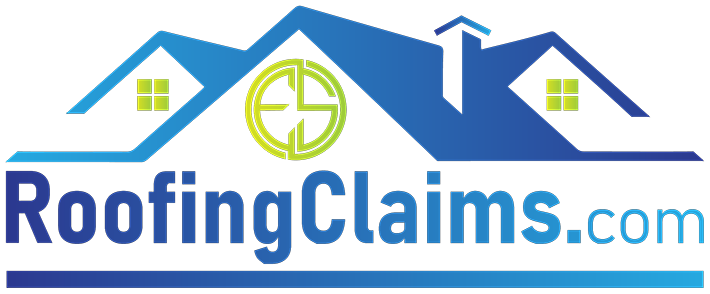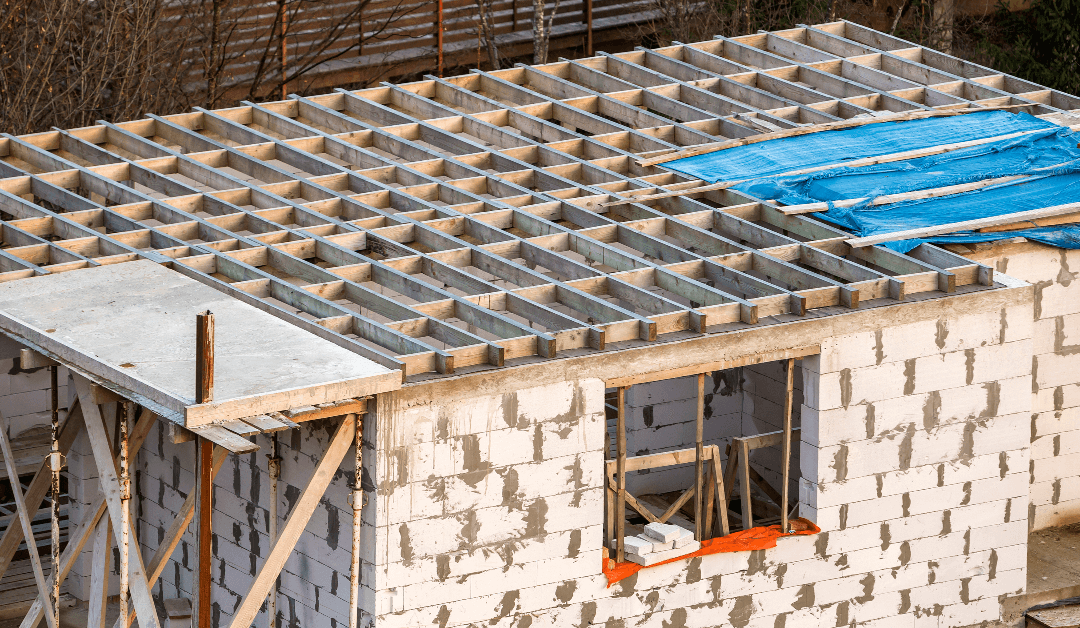Every builder in commercial roofing aspires to have the best roof underlayment for reliability and sustainability. Roof underlayment is a crucial layer of protection that goes beneath your shingles, tiles, or metal roofing system. The material helps prevent water infiltration into your building and protects the roof deck from UV radiation. This can extend the life of your roof by up to 10 years.
There are many types of underlayment available, each with its benefits.
This guide will help you compare some of the most popular options to choose one that meets your needs, budget, and goals for energy efficiency.
Roofing Types In A Commercial Building Uses The Following Main Types Of Underlays
- Non-bitumen synthetic underlayment
Are you looking for a lightweight and long-lasting waterproof membrane for your commercial metal roofing? Look no further than non-bitumen synthetic underlayments. These underlayments are made from polypropylene or polyethylene, which doesn’t contain any bitumen. They’re highly resistant to mold, so they won’t rip or tear after only a few years—the way organic underlayments can.
Today, keep your business safe and dry with the best non-bitumen synthetic underlayment solutions!
- Asphalt-Saturated Felt Underlay
Asphalt-Saturated Felt Underlay is the best roofing underlayment for your building. It is made of natural elements such as polyester, bitumen, and asphalt, making it durable and resistant to water.
It is one of the leading roofing underlayments on the market, and most businesses use it in commercial metal roofing. If you want a roof that will last a long time, you need to give Asphalt-Saturated Felt Underlay a try.
- Rubberized asphalt underlayment
Many commercial roofing builders have opted for the rubberized asphalt underlayment because it comprises a high rubber concentration, although other materials such as polythene and polyester are included. The rubberized asphalt underlayment is more effective than other conventional materials because it can be used in various weather conditions.
This product helps protect the building against fire damage and keeps off water and moisture.
The following are the benefits of roof underlay:
- Improved safety
Roofing underlayment in commercial roofing projects can help create a safer roof for your workers and tenants. This reduces the risk of injury to personnel and reduces the liability risk to your company.
- Better weather protection
A key benefit of using roofing underlayment is that it protects against inclement weather, including wind, rain, sleet, and snow. The layer helps provide extra protection against damage that may occur during storms, protecting the integrity of your roof and keeping water out of your building.
- Energy efficiency
Another key benefit of using underlayment is that it helps improve energy efficiency in your building. This is because it keeps air from getting in and out through any cracks or gaps in your roof’s surface area, which can help prevent drafts and leaks while improving energy efficiency overall.
- Improved insulation properties
With proper insulation on your roof, you can keep your building warmer during the winter months and more relaxed during the summer months without using as much energy for heating or cooling purposes. Roofing underlayment will directly impact the insulation properties of your commercial roof, making it an excellent option for commercial roofs everywhere.


Recent Comments